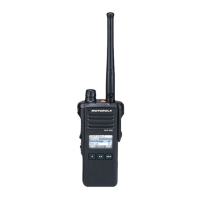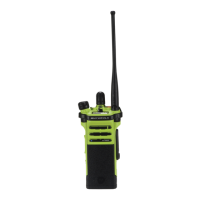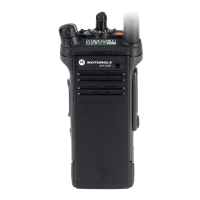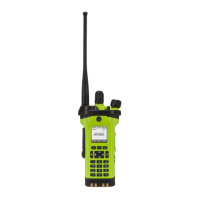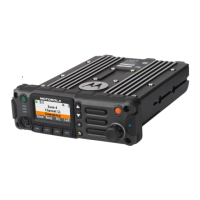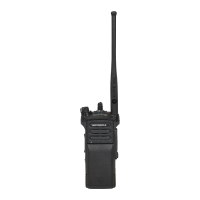Do you have a question about the Motorola APX 1500 and is the answer not in the manual?
Explains functions assignable to programmable buttons and switches on the radio.
Instructions on how to power the radio on and off using the Power button.
Guidance on how to increase or decrease the radio's audio volume.
Explains various icons and indicators on the radio display for status and notifications.
Instructions on how to navigate and select radio zones, which are groups of channels.
Details how to select radio channels based on transmit or receive frequency pairs.
Describes how to adjust the radio's transmit power level for distance and battery conservation.
Guides on initiating Talkgroup, Private, Selective, and Telephone calls.
Explains how the radio indicates and handles incoming Talkgroup, Private, and Selective calls.
Describes how to use Priority Dispatch to contact the dispatcher on a different talkgroup.
Details scenarios and radio indications during emergency operations.
Instructions on sending emergency data transmissions to identify the radio to the dispatcher.
Explains how to gain priority access to a talkgroup for emergency calls.
Describes sending both alarms and calls with priority for conventional and trunking systems.
Steps to enable secure transmission modes for encrypted voice and data communications.
Details various encryption features like Multikey, MDC OTAR, and UKEK retention.
Instructions for enabling and disabling the radio's scan function.
Guidance on changing scan list members and their priority status.
Instructions for enabling or disabling radio transmissions using the menu or ignition sense.
Instructions for modifying various channel parameters like frequency, PL, and DPL.
Procedure to enable or disable the radio's password protection feature.
Steps to change the password for the radio lock feature.
How to change the password required for Radio Stun and Radio Kill features.
Instructions for sending an Over-The-Air command to stun another radio, requiring a password to reactivate.
Procedure to render another radio inoperable remotely via an Over-The-Air command.
Steps to make your own radio inoperable, rendering it unusable.
Allows administrators to put a radio into a nonfunctional state, typically when missing or in unknown hands.
| Brand | Motorola |
|---|---|
| Model | APX 1500 |
| Category | Two-Way Radio |
| Language | English |
